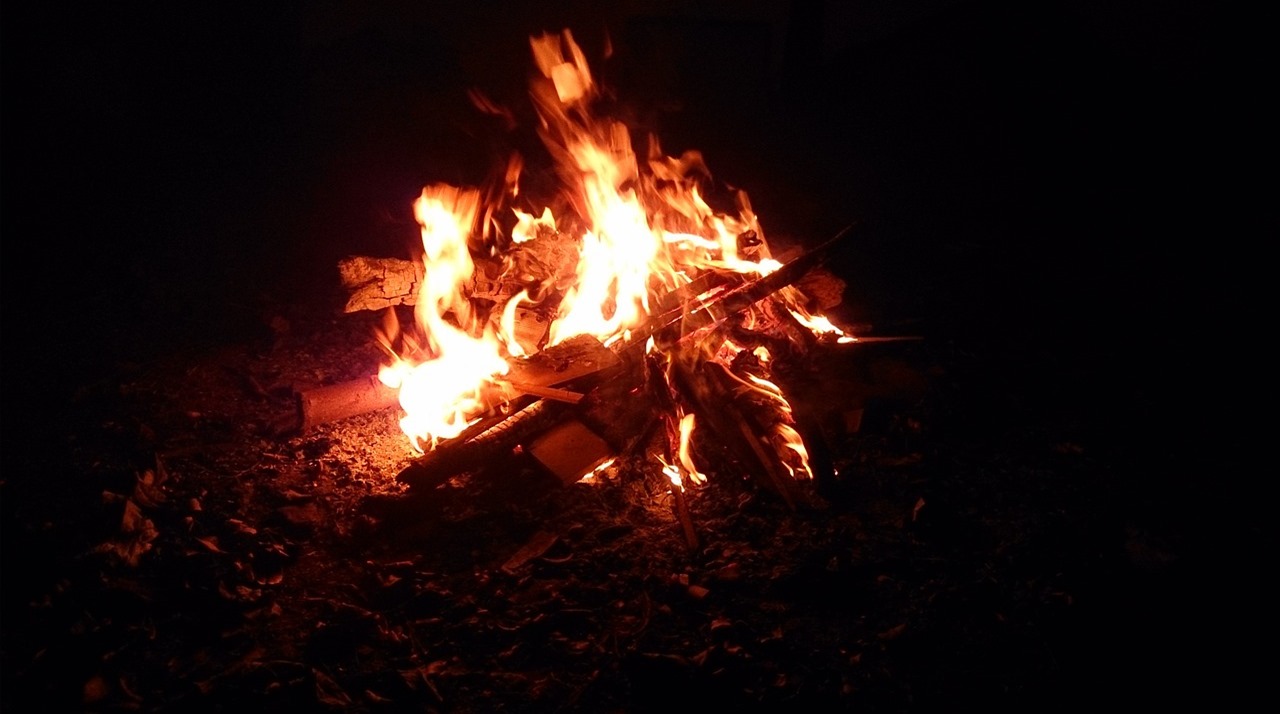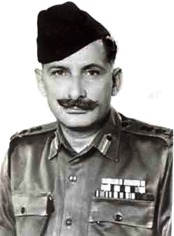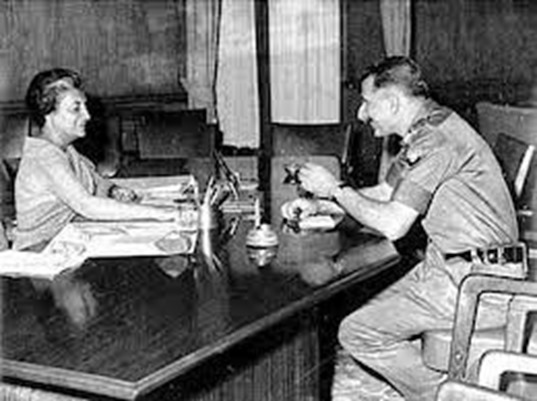Lohri – The Harvest Festival
Originally posted in NRI Achievers Magazine
As the Sun travels towards south on the celestial sphere, the Dakshinayana Period is observed as per ancient Indian philosophy. This period starts from Karka Sankranti (Cancer) on July 16 and goes till January, which is celebrated as Makar Sankranti (Capricorn). In western world, this transition from Dakshinayana to Uttarayana is known as Winter Solstice. In simpler words, Winter Solstice is the shortest day and longest night of the year. This event is celebrated across globe and all ancient cultures mark it as one of the most important days of the year. Let’s have a look:
It has been proven that the Stonehenge in England and Newgrange in Ireland have their primary axes carefully aligned on a line of sight pointing to winter solstice Sunset and Sunrise respectively. These monuments were sites of worship and celebration.
In Northern Europe, a 12-day winter solstice is celebrated in form of a festival called ‘Yule’. Many modern day Christmas traditions and practices are inherited from this festival.
Traditionally, the Winter Solstice in European region is celebrated on 25th December. In Asia, it is celebrated few weeks later, on 13th/14th January. This period is also the period of harvest and of utmost importance for all cultures, that depend on agriculture.
The Julian calendar starts from 14th January and the Russian Orthodox church still celebrates it as the Old New Year. This Julian new year, aka Orthodox new year is also celebrated in many European & African countries including Serbia, Kosovo, Bosnia, Belarus, Uzbekistan, Georgia, Azerbaijan, Kazakhstan, Montenegro, Moldova, Ukraine, Wales, Switzerland, Scotland, Herzegovina, Morocco, Libya and Montenegro. In many regions, it is also known as Little Christmas. Traditions in some of these countries are similar to how we celebrate in South Asia, especially the Bonfire.
Now let’s talk about South Asia. Being primarily into Agriculture, this festival of Harvest is one of the most important festivals in region. Hindu Tradition celebrates this date as Makar Sankranti. The Punjab region calls it Maghi. Instead of celebrating it on exact date of Winter Solstice, festival is observed on the last day of month, in which Winter Solstice occurs. Technically, this celebration is the passing of winter solstice and harvest. Maghi or Makar Sankranti is also seen as the start of new financial year. The new year’s eve is celebrated as Lohri in North India. If we look at the geographic position of North India, 13th January is the day every year, after which sunrise starts to happen earlier every morning until June, when this cycle reverses.
Global Economy used to rely on Barter System for ages. My mother tells me that her grandfather used to repair tools and equipment used by farmers. For most of the repairs, he was not paid. But during harvest, every farmer in village would come to gift a share of their crop. There were special store rooms and silos, where this harvest was kept. The extra stuff was sold to get money for rest of the year and silos were always full for food till next harvest season. In such happy times, it was obvious that many traditions were born. For example, before Lohri, children would go from door to door asking for treats. Kite flying, participating in fairs and dance is the most common of all. Since the Lohri night would be the longest night of year, everyone would gather around a bonfire and spend time singing, dancing, celebrating and hoping for better time ahead.
As we know, men used to work in farms. A boy born in any house that year becomes more important for families, as he would grow up to support in Agriculture. Lohri slowly became a festival, where families would celebrate the birth of a boy. The tradition still continues.
Sunder mundriye ho! Tera kaun vicharaa ho!
Dullah Bhatti walla ho! Dullhe ne dhee vyayae ho!
Ser shakkar payee ho! Kudi da laal pattaka ho!
Kudi da saalu paata ho! Salu kaun samete ho!
Chacha gaali dese ho! Chache choori kutti ho!
zamidara lutti ho! Zamindaar sudhaye ho!
Ke Gin Gin bhole aaye ho!
Ek bhola reh gaya! Sipahee far ke lai gaya!
Sipahee ne mari itt! Bhaanvey ro te bhaanvey pitt!
Sanoo de de Lohri, te teri jeeve jodi!
This festival of harvest is known with different names in different parts of the country. From Pongal to Bihu and from Bhogi to Lal Loi, the celebration of winter solstice has its own charm and different folklores to tell. The stories shall remain alive in our hearts, as long as we continue to embrace our past.

 American Uncle Sam is famous across globe. India had her own Uncle Sam, who came from a Parsi family and was once the most powerful man in country. He was popularly known as Sam Bahadur and made India proud at many fronts. This article is about Padma Vibhushan Field Marshal Sam Hormusji Framji Jamshedji Manekshaw, the commander in chief of Indian Army.
American Uncle Sam is famous across globe. India had her own Uncle Sam, who came from a Parsi family and was once the most powerful man in country. He was popularly known as Sam Bahadur and made India proud at many fronts. This article is about Padma Vibhushan Field Marshal Sam Hormusji Framji Jamshedji Manekshaw, the commander in chief of Indian Army.



 Time passed and rulers came and went, ruling over the entire breadth of Hindostan, which stretched from present day Afghanistan to eastern ends of Bangladesh. In 16th century, as Emperor Babur came to India, he hired Farid Khan (aka Sher Khan) an Afghan born in Sasram (Bihar), who later dethroned Babur’s son Humayun and took over the throne of Delhi, and became Emperor of Hindostan. This general, popularly known as Sher Shah Suri decided to restore this ancient path and make it more useful. He deployed enormous labour to revive the Uttarpath and connected his hometown Sasaram to Agra. He died soon after that, the Mughals that came afterwards connected Kabul (Afghanistan) with Chittagong (Bangladesh) using this road. Today, this road connects the capitals of 4 countries and covers a total distance of 2500 kilometres (1600 miles). During this time, this road was known by many names, eg: Shah Rah-e-Azam (“Great Road”) or Sadak-e-Azam or Badshahi Sadak.
Time passed and rulers came and went, ruling over the entire breadth of Hindostan, which stretched from present day Afghanistan to eastern ends of Bangladesh. In 16th century, as Emperor Babur came to India, he hired Farid Khan (aka Sher Khan) an Afghan born in Sasram (Bihar), who later dethroned Babur’s son Humayun and took over the throne of Delhi, and became Emperor of Hindostan. This general, popularly known as Sher Shah Suri decided to restore this ancient path and make it more useful. He deployed enormous labour to revive the Uttarpath and connected his hometown Sasaram to Agra. He died soon after that, the Mughals that came afterwards connected Kabul (Afghanistan) with Chittagong (Bangladesh) using this road. Today, this road connects the capitals of 4 countries and covers a total distance of 2500 kilometres (1600 miles). During this time, this road was known by many names, eg: Shah Rah-e-Azam (“Great Road”) or Sadak-e-Azam or Badshahi Sadak.

